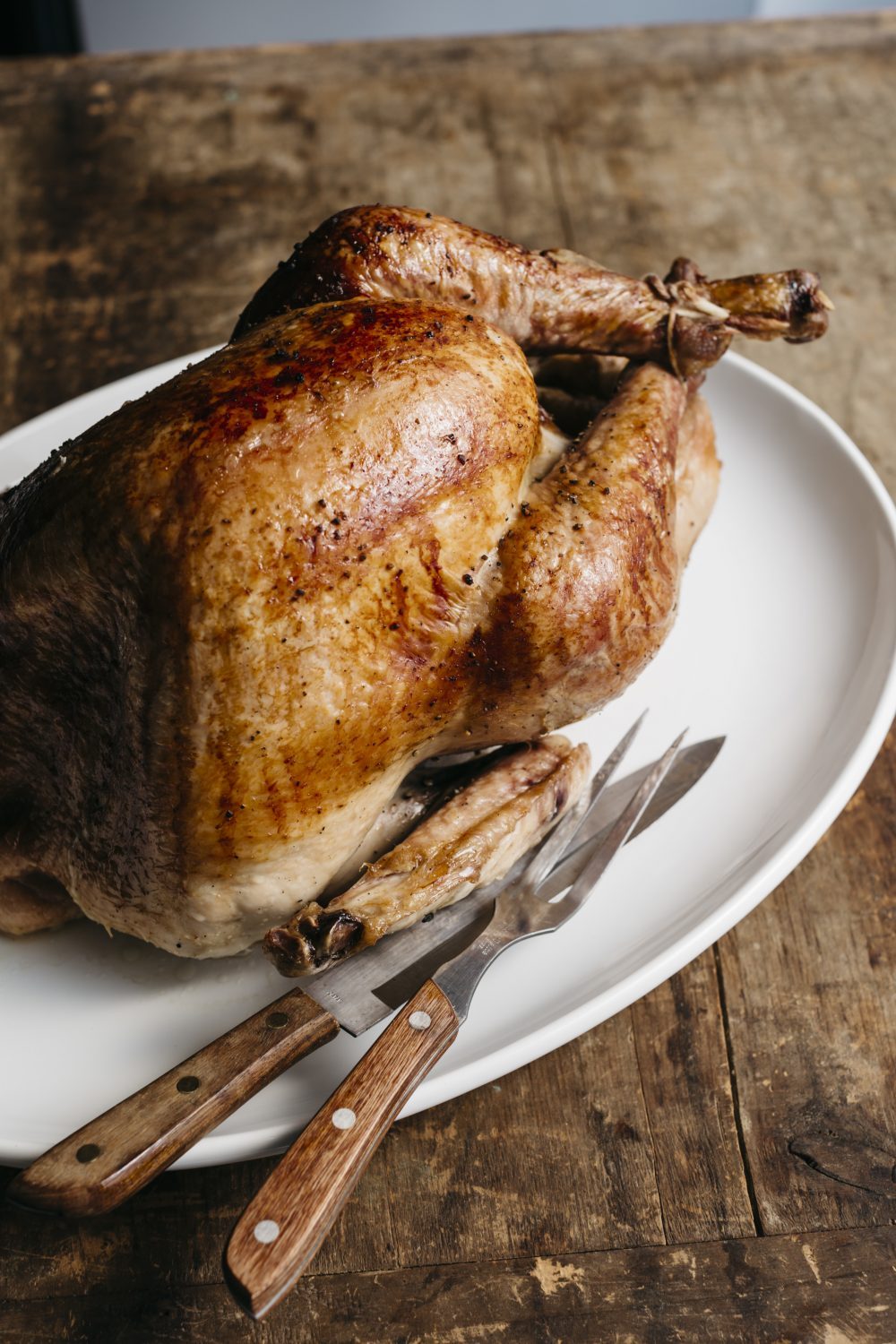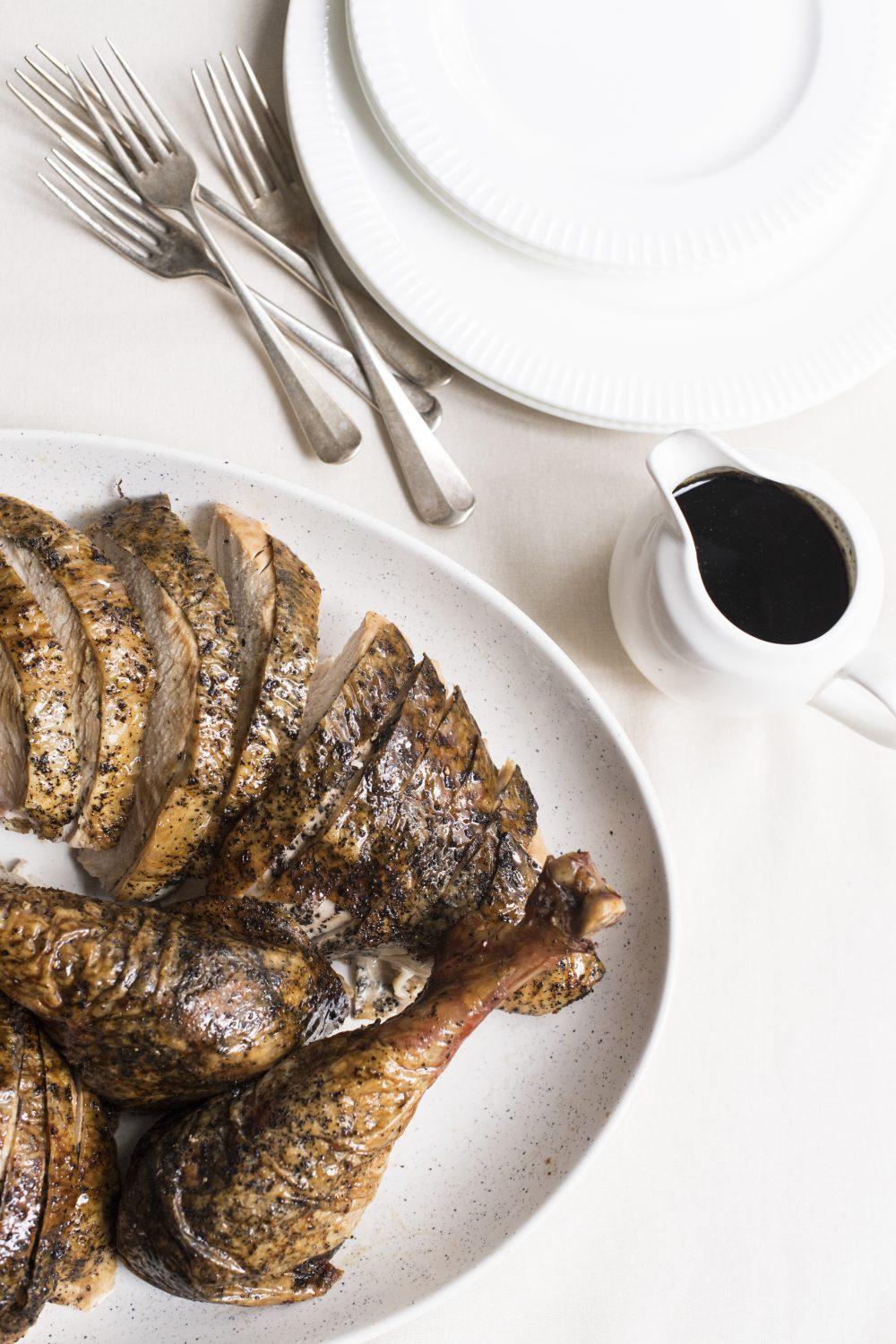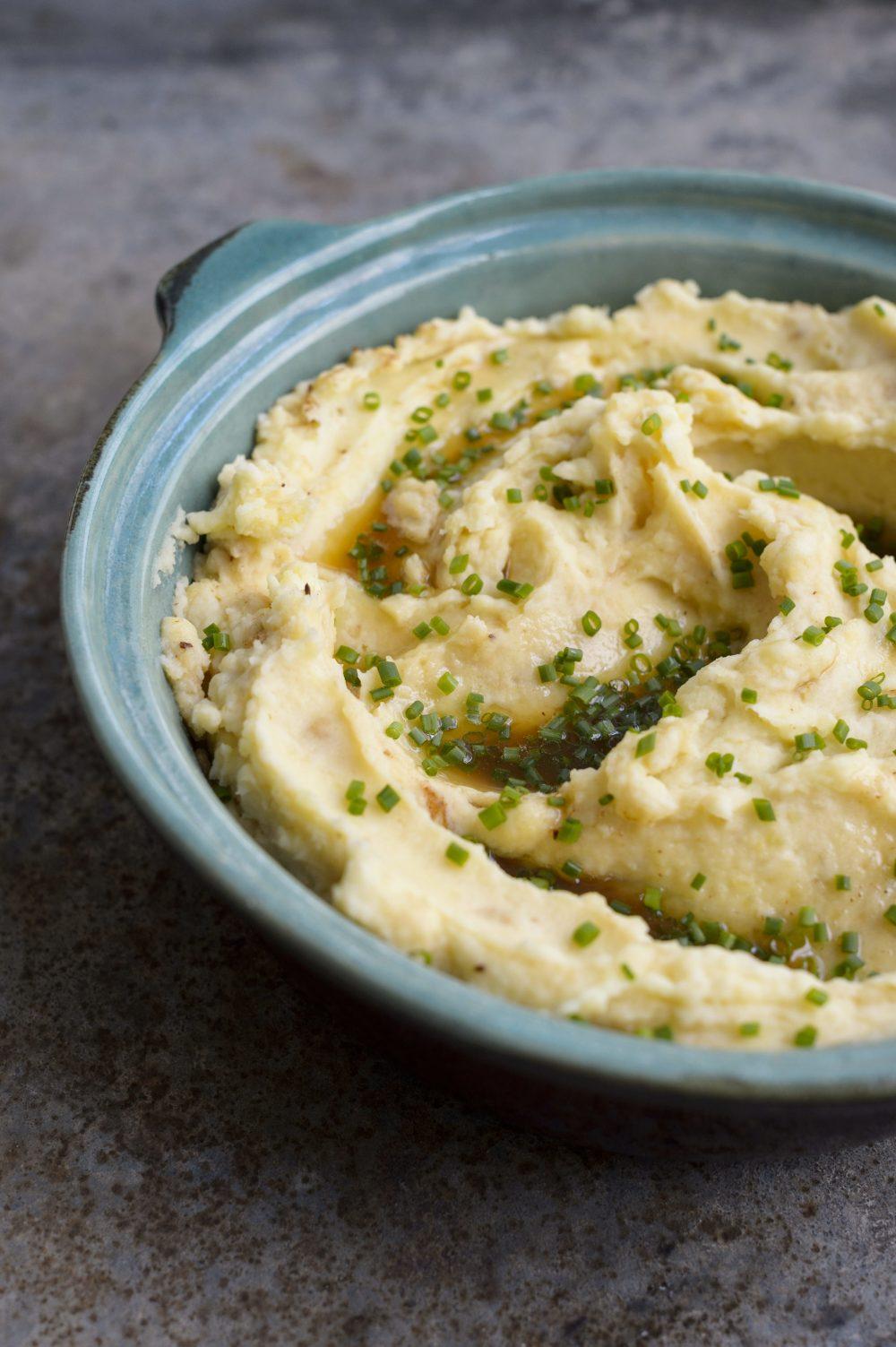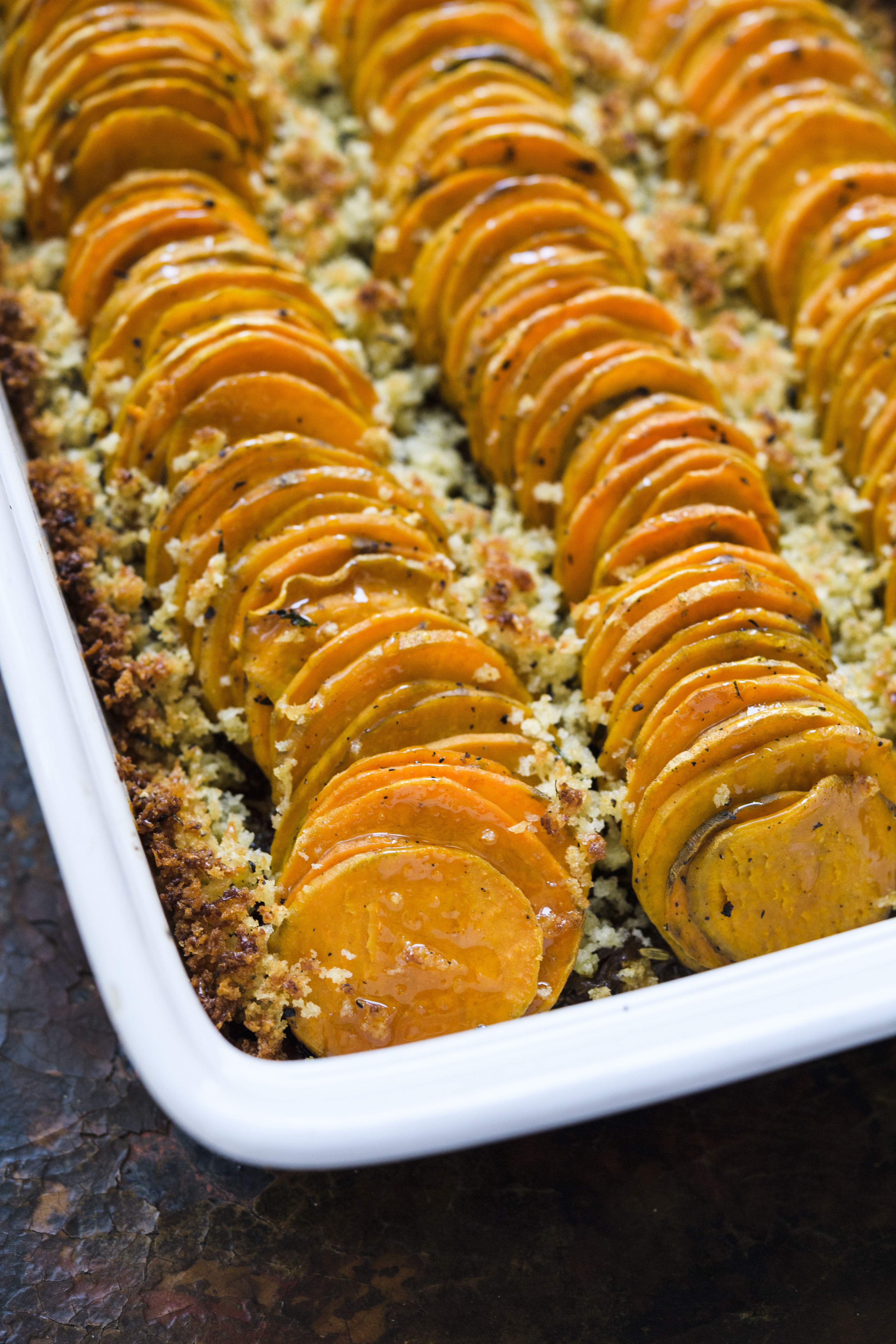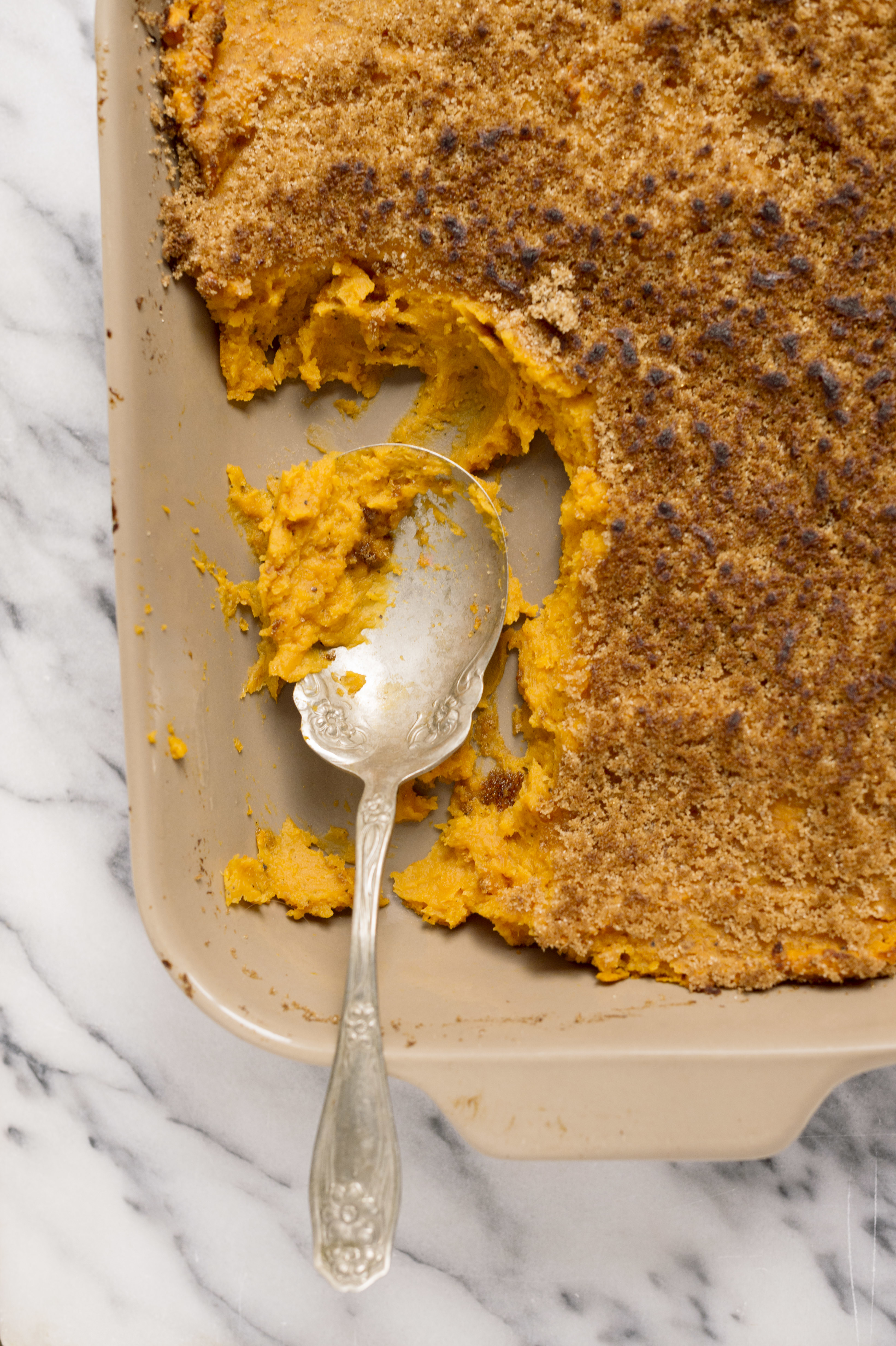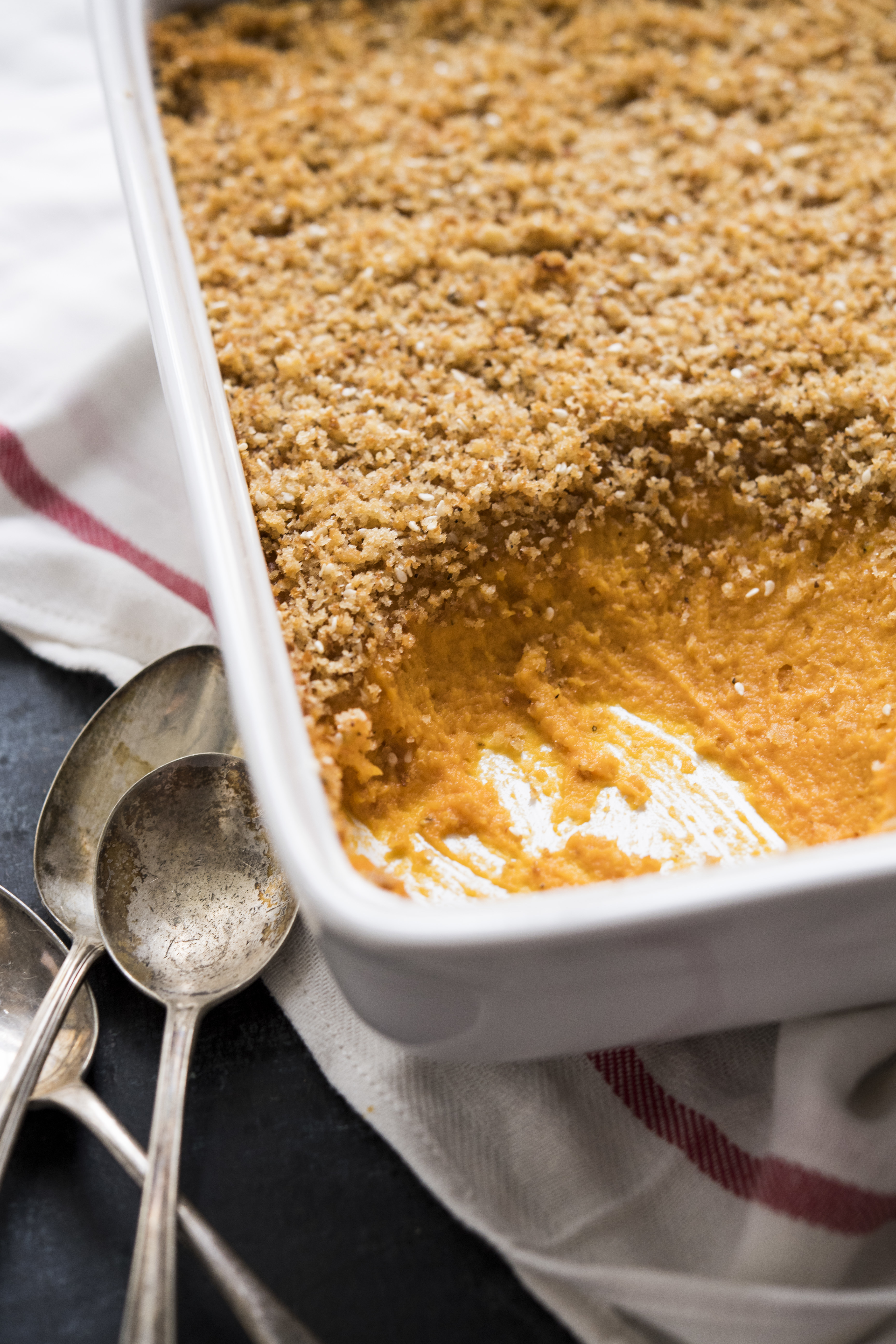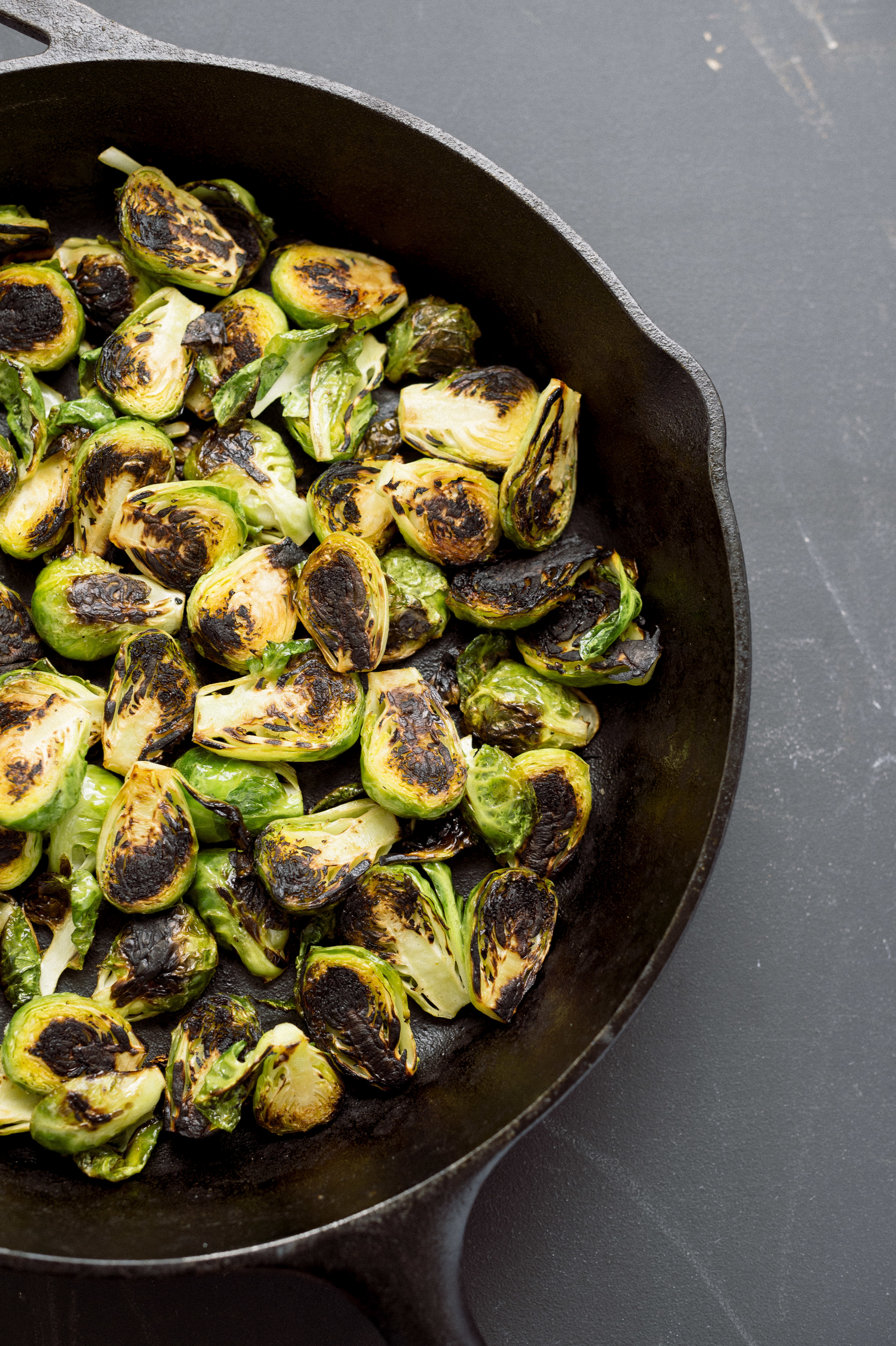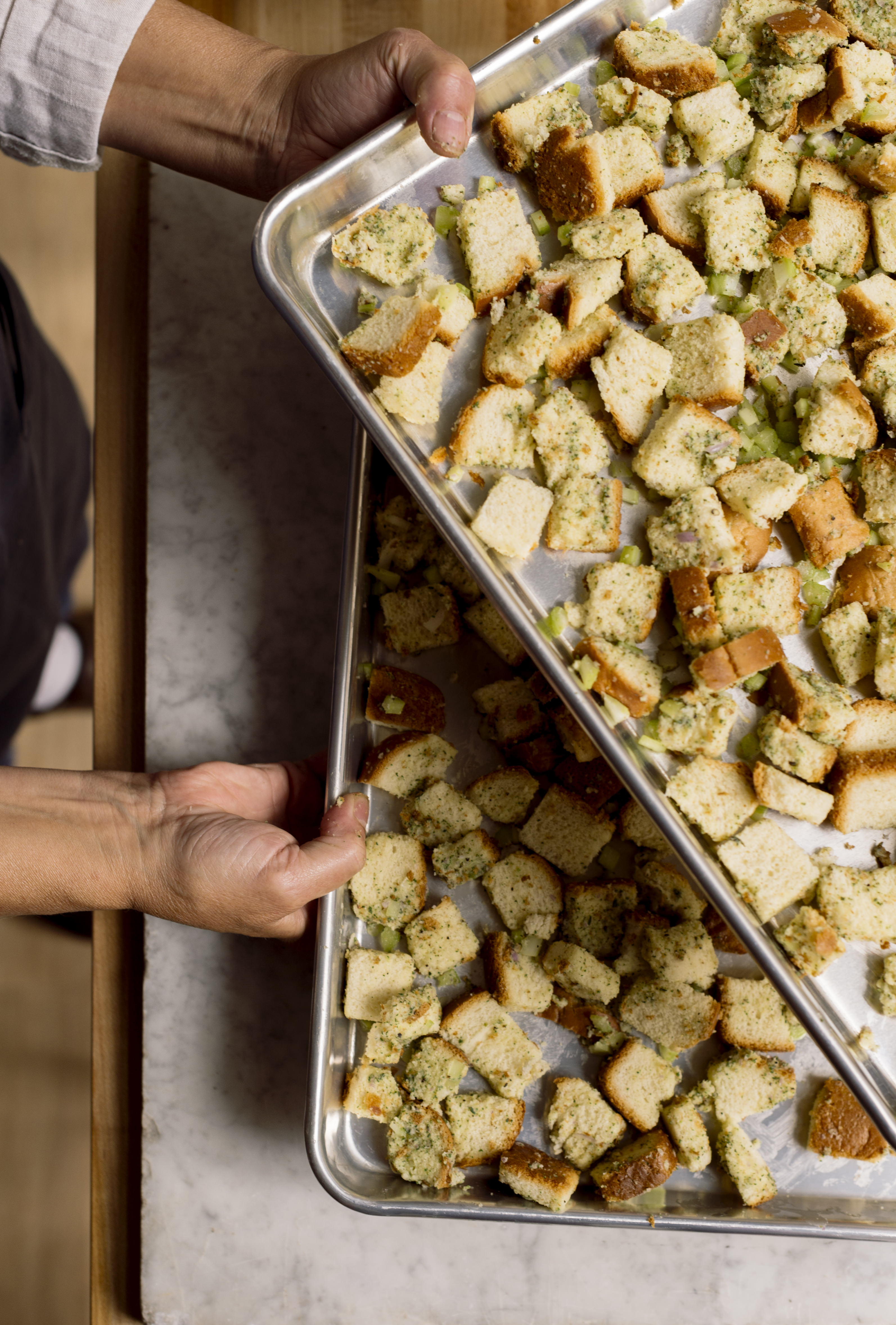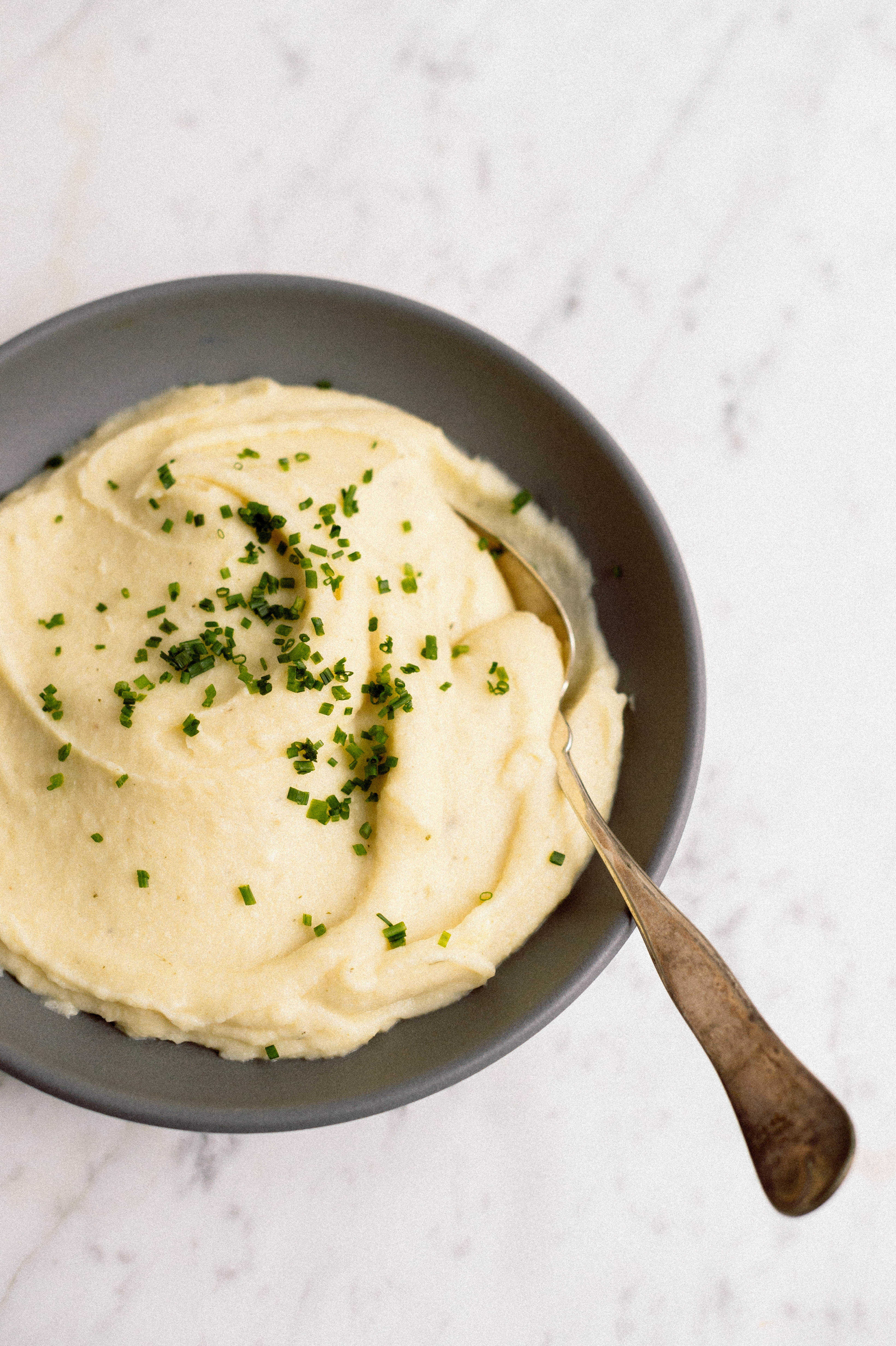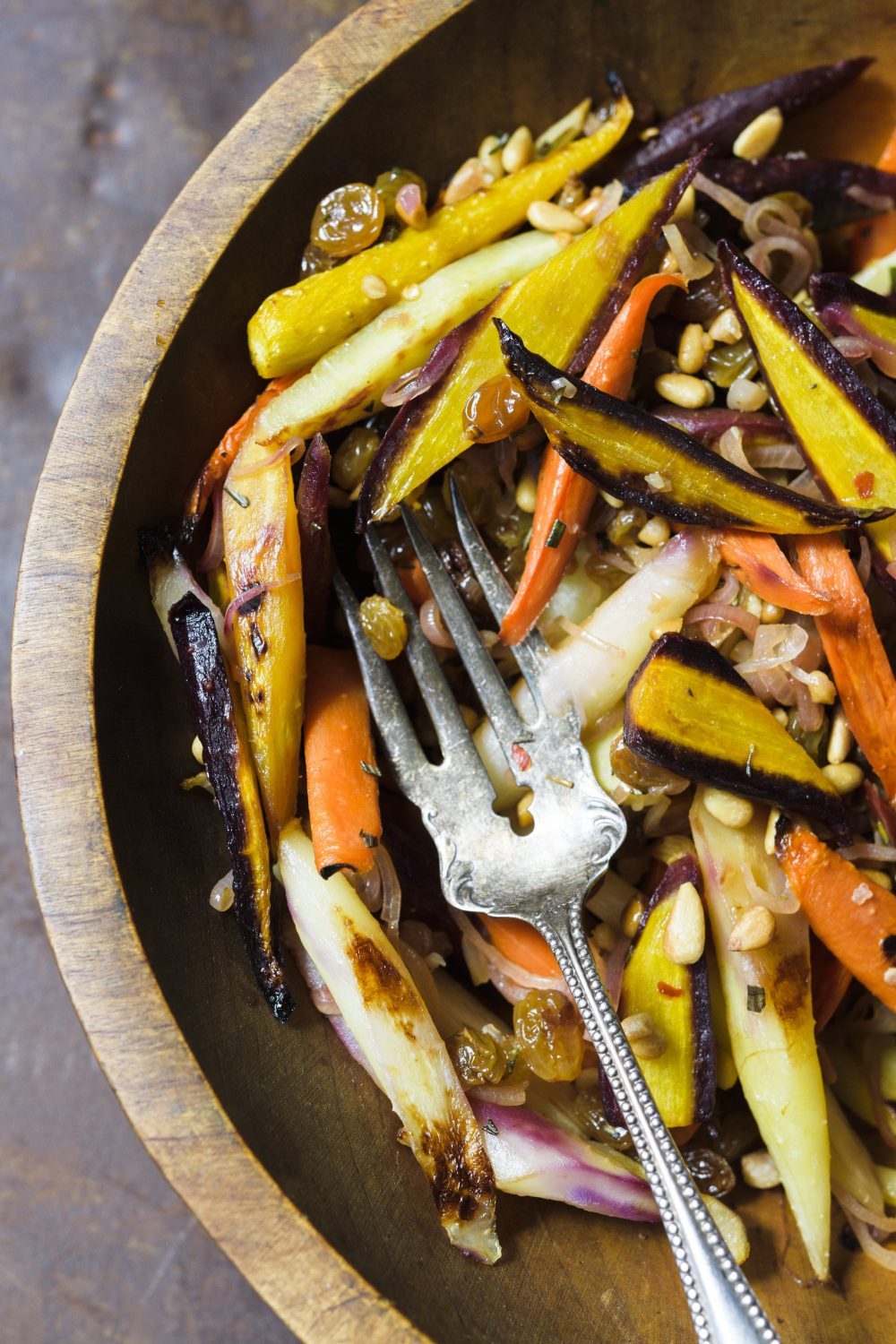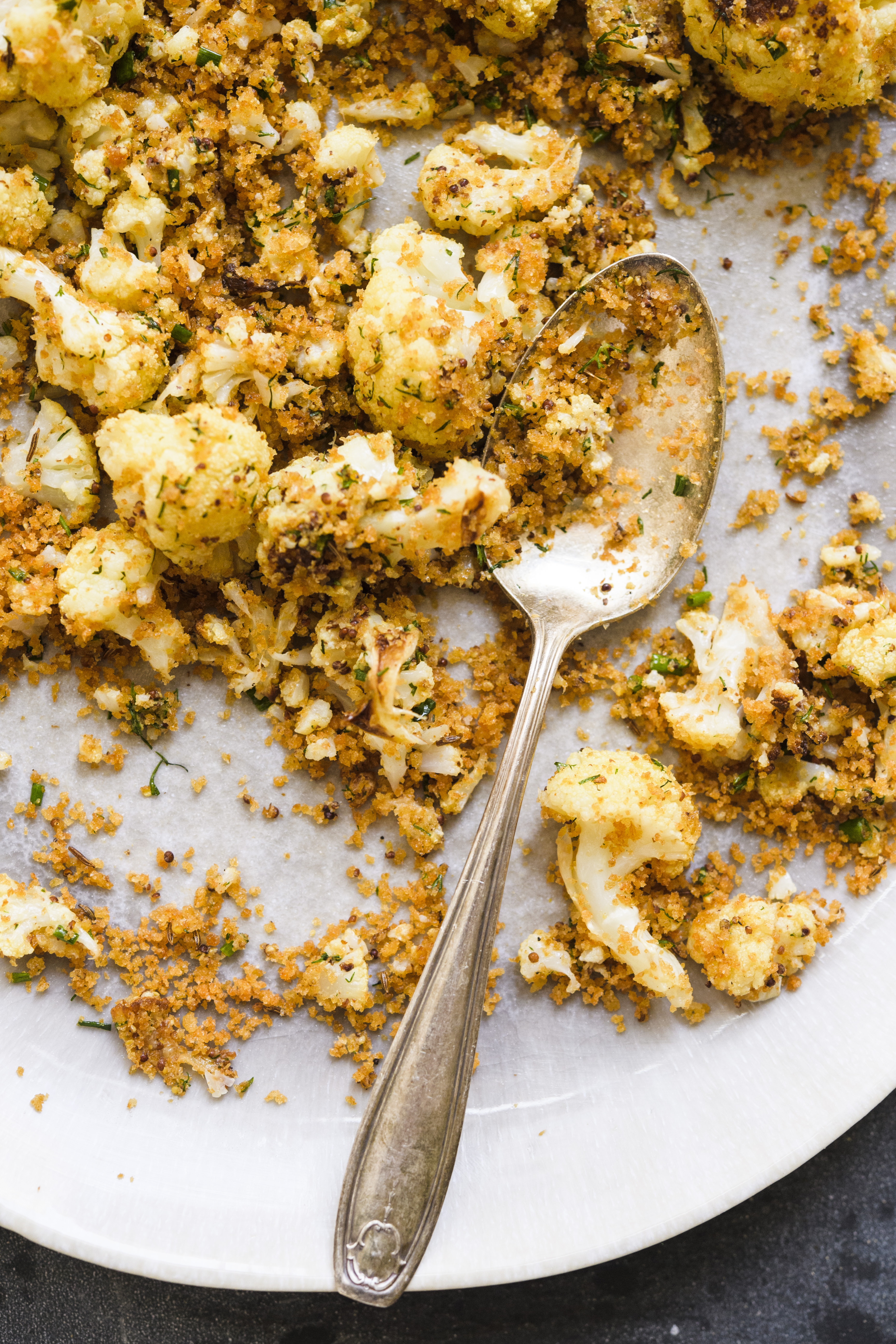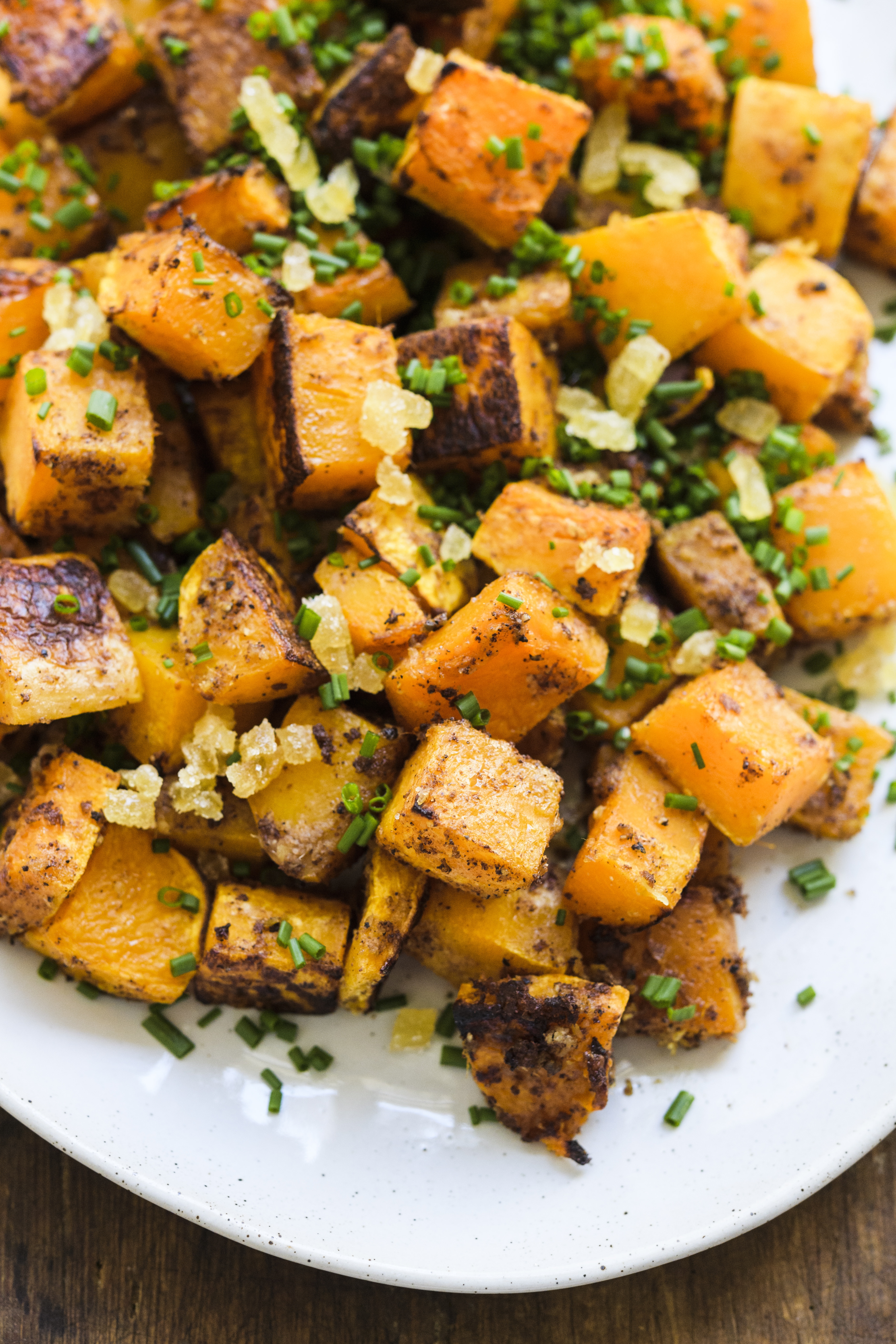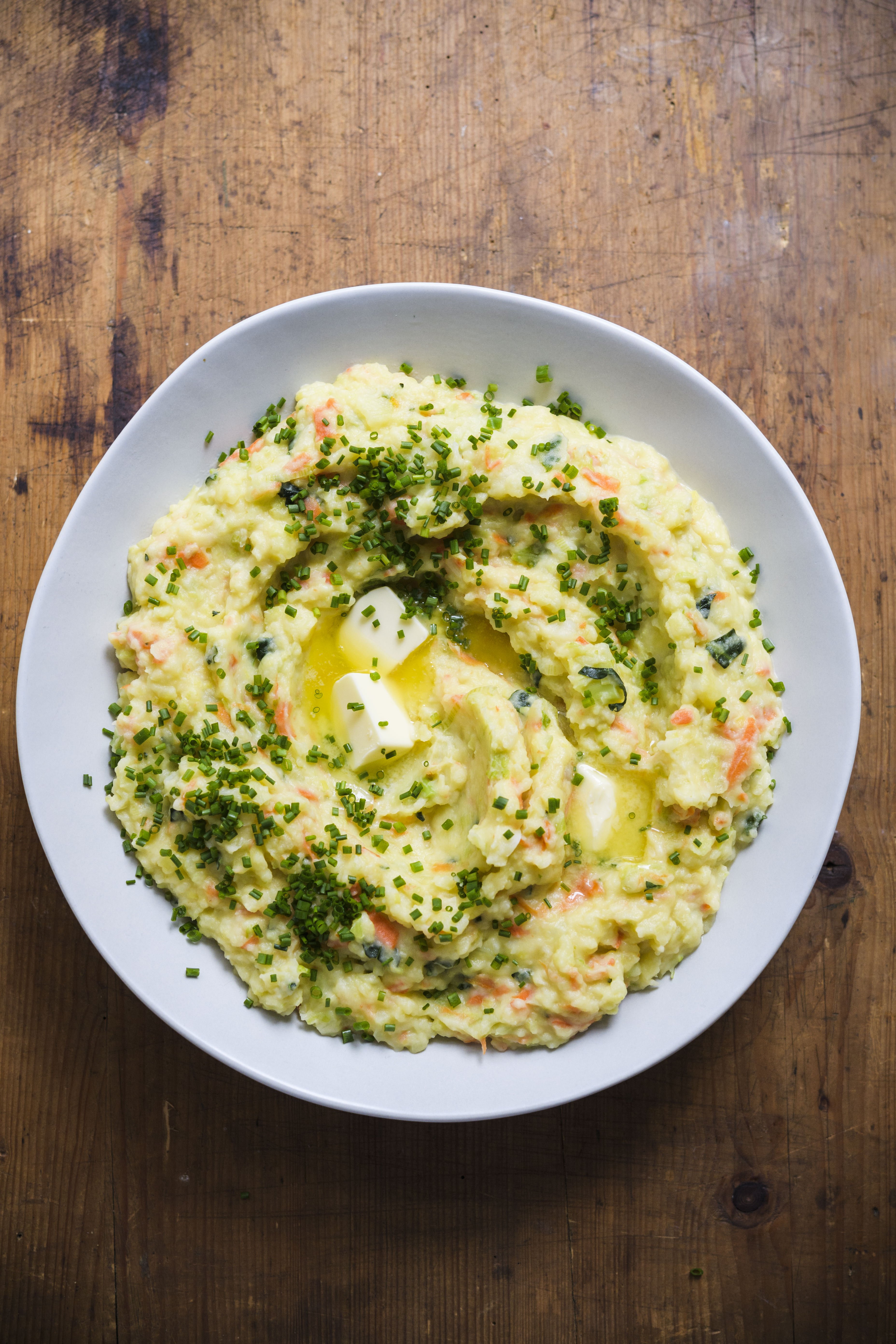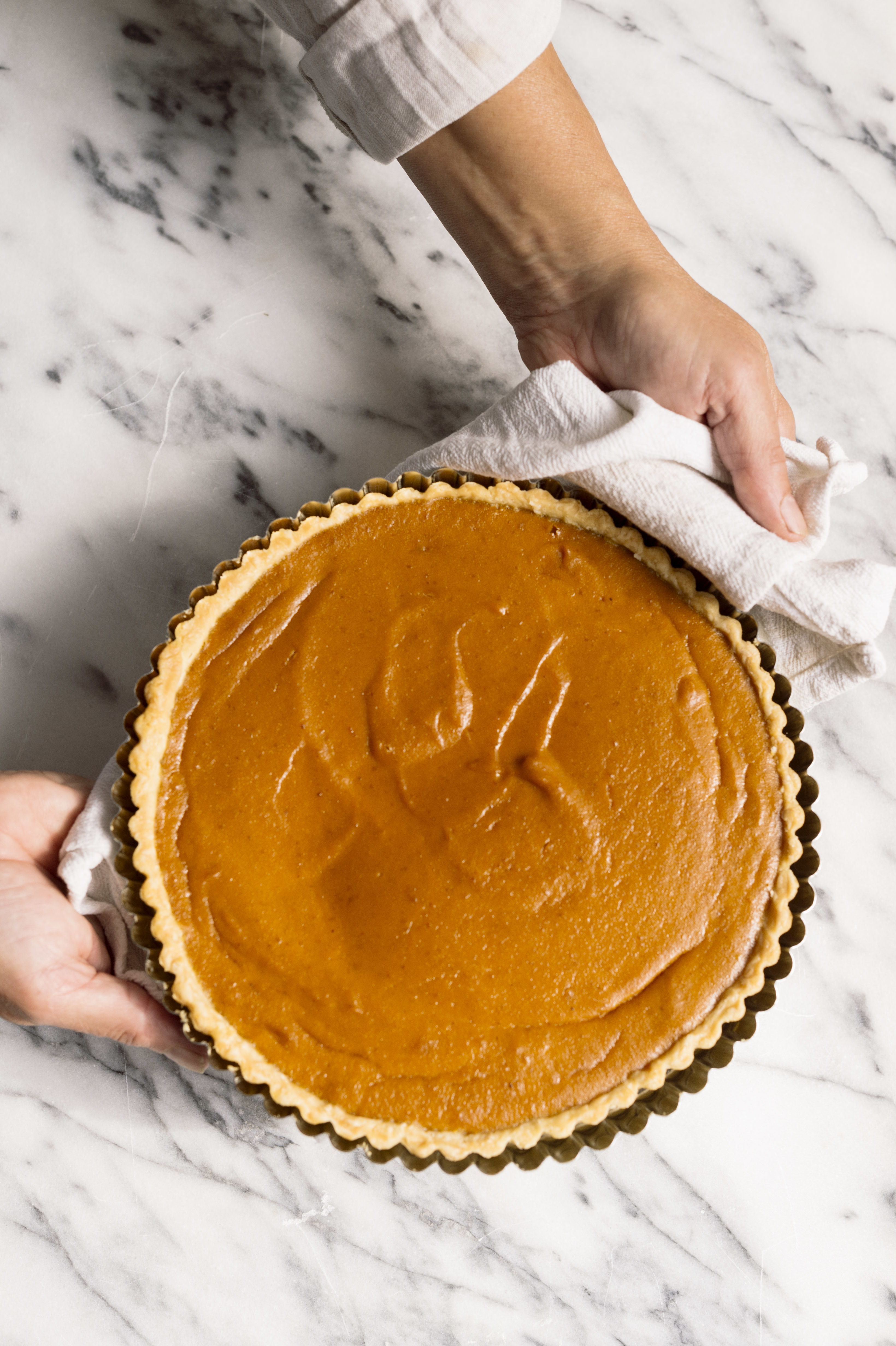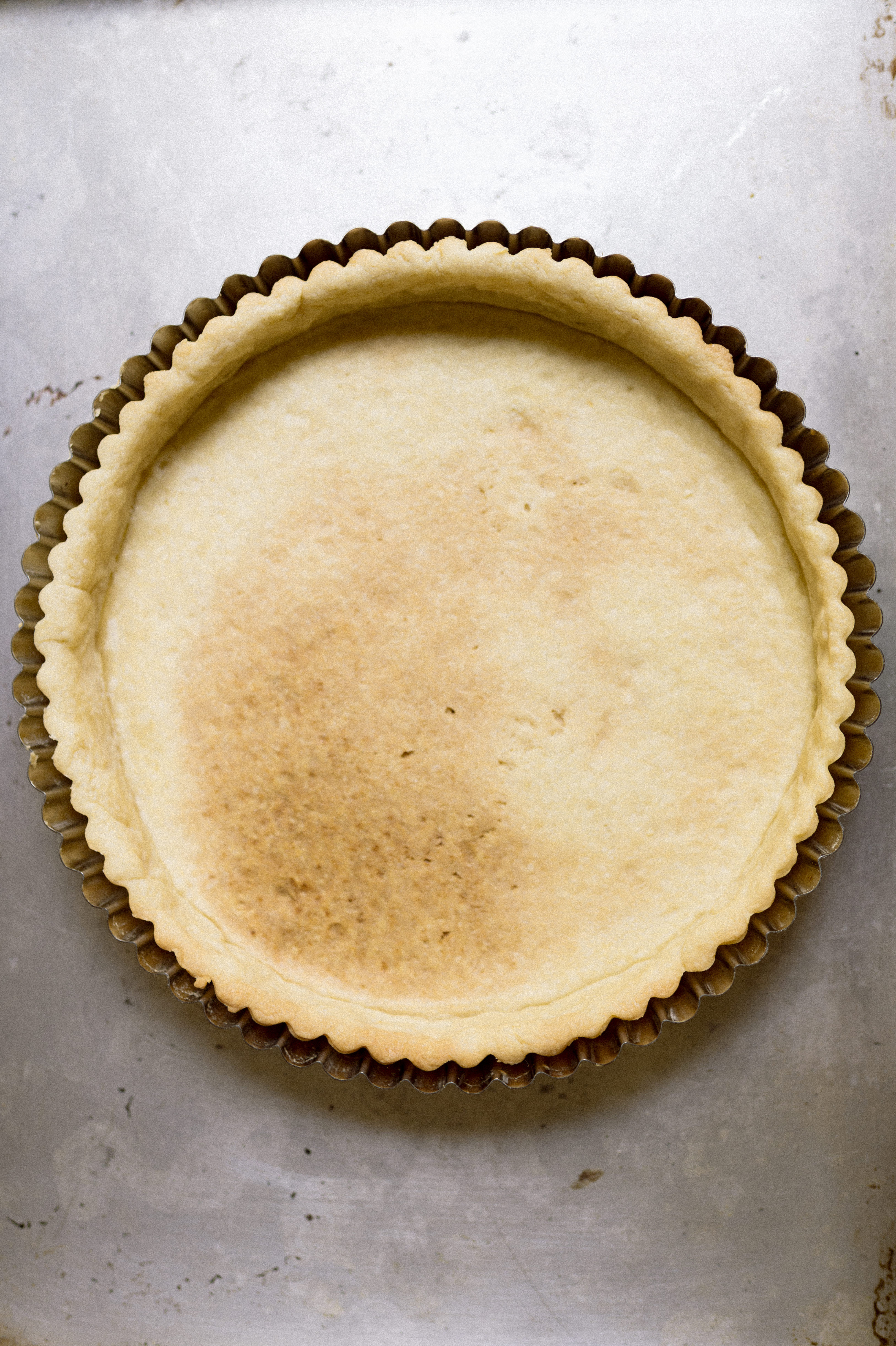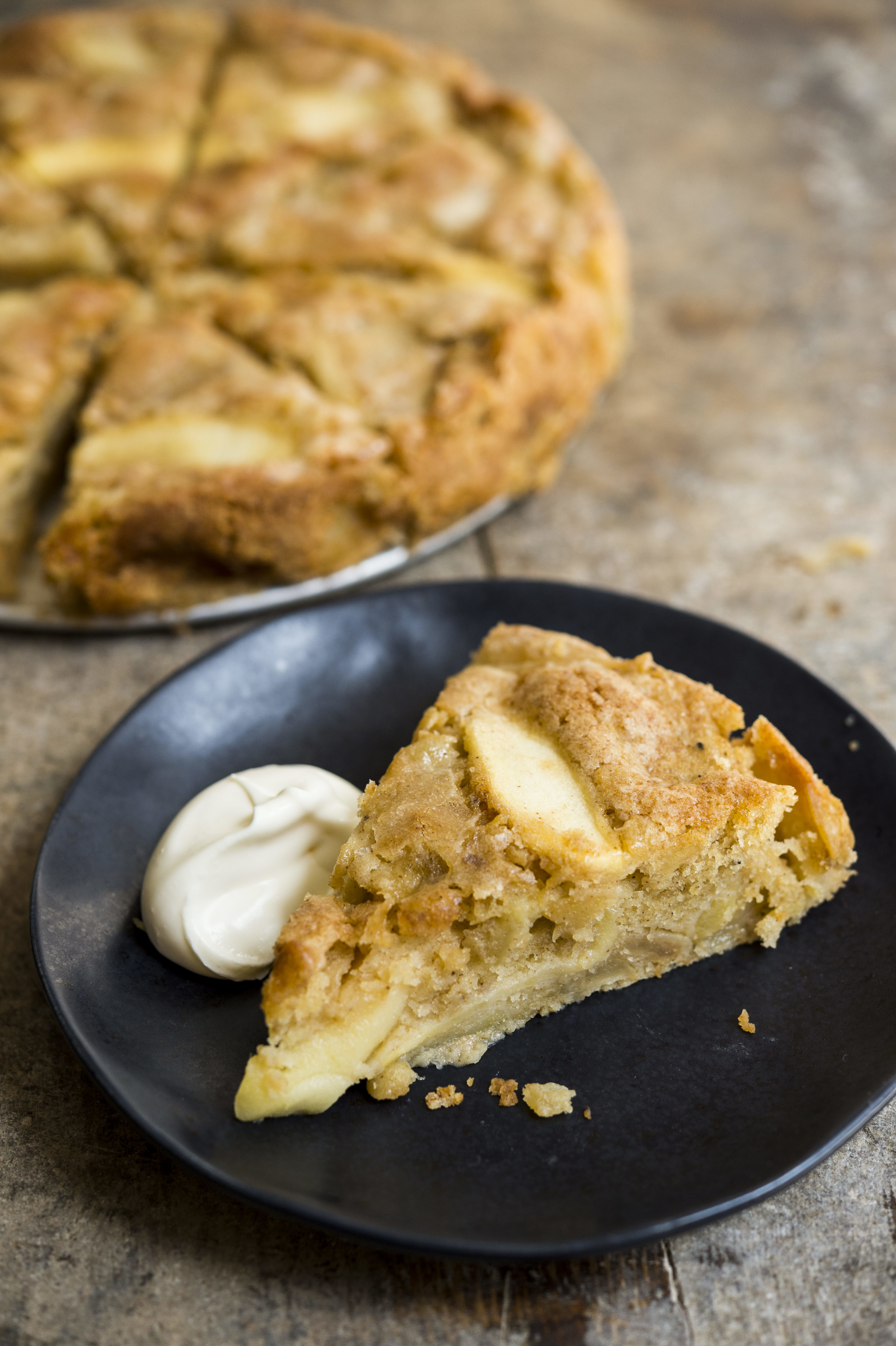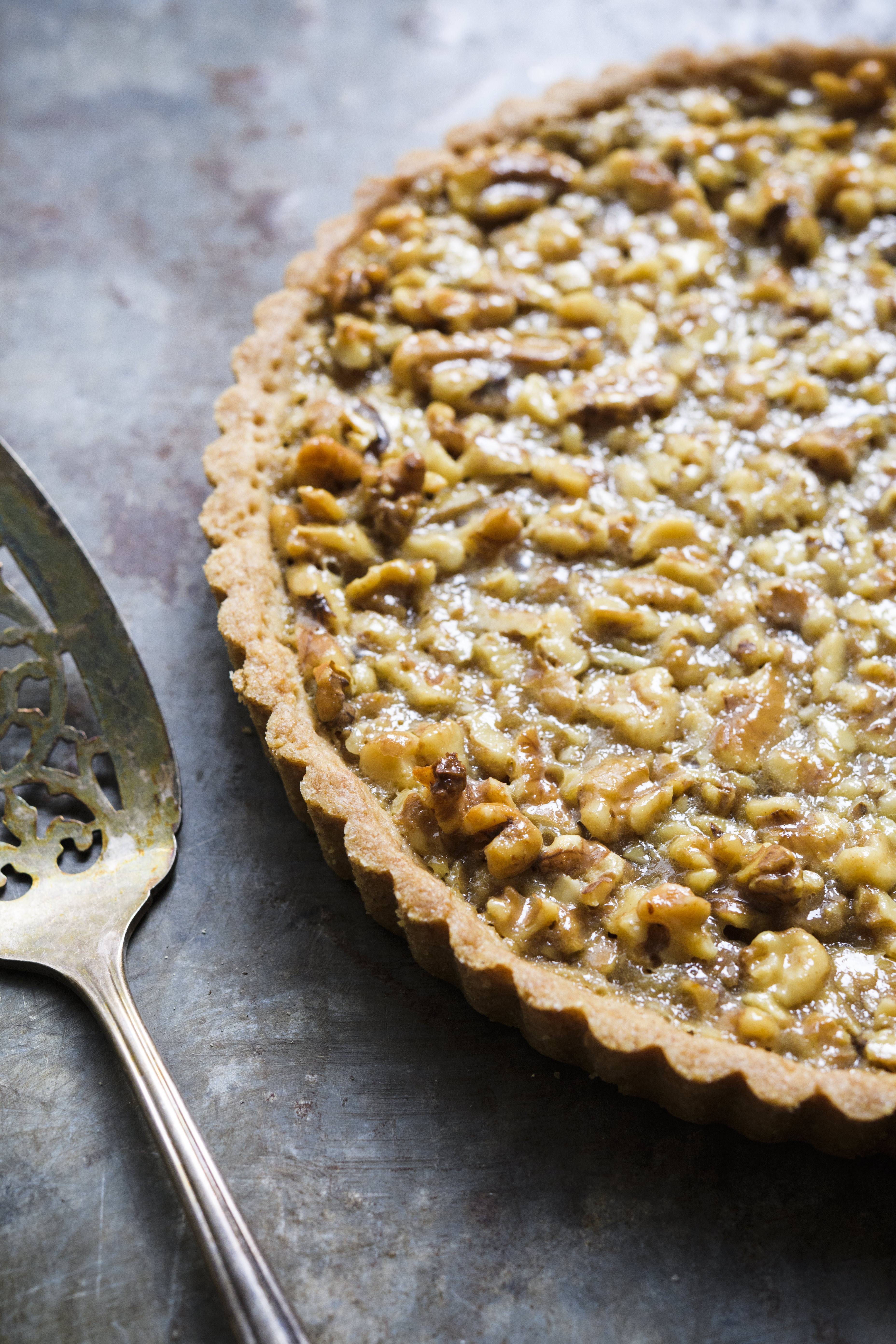Whether it’s the best way to roast a turkey or a bold twist on a traditional side dish, we’ve brought our top Thanksgiving recipes, dinner ideas, cooking tips, pantry staples and useful kitchen tools to the table. Need a better pie crust, an easy stuffing recipe or a more sophisticated (and less sweet) sweet potato casserole? Here’s your complete guide to Thanksgiving dinner, along with a window into what the holiday means to us here at Milk Street.
Thanksgiving Recipes That Put a Spin on the Classics
In the world of food writing and recipe development, it's a perennial challenge: How to offer a Thanksgiving turkey each year that is both new and traditional? And after 34 years, Christopher Kimball recently decided he’d had enough. There would be no turkey this year.
His decision stuck for about 24 hours.
“It’s like this karmic turkey wheel and you can’t get off. You have to do a turkey,” he conceded.
You’ll be glad he did when you taste the Tea-Rubbed Maple Turkey that came out of the kitchen. “I didn’t think it was possible to do a new turkey after 34 years and in fact, it was.”
Like the rest of our Thanksgiving recipes, this turkey’s newfangled flavors aren’t overpowering, but provide easy and flavorful upgrades to the traditional recipes you might be used to. They’re exciting enough to spark some conversation at the table, but not enough to spur an argument. Because, as Milk Street Radio contributor and The Sporkful podcast host Dan Pashman points out, with full agreement from Chris, “Most of us just want to eat the thing that we ate when we were 9 on Thanksgiving.”
So take a look at some of our top Thanksgiving recipes and read on for tips, step-by-step videos, products from the Milk Street Store that will make the big day that much easier, and radio show clips that cover everything from the best Thanksgiving wine to searching for a turkey in Calcutta.
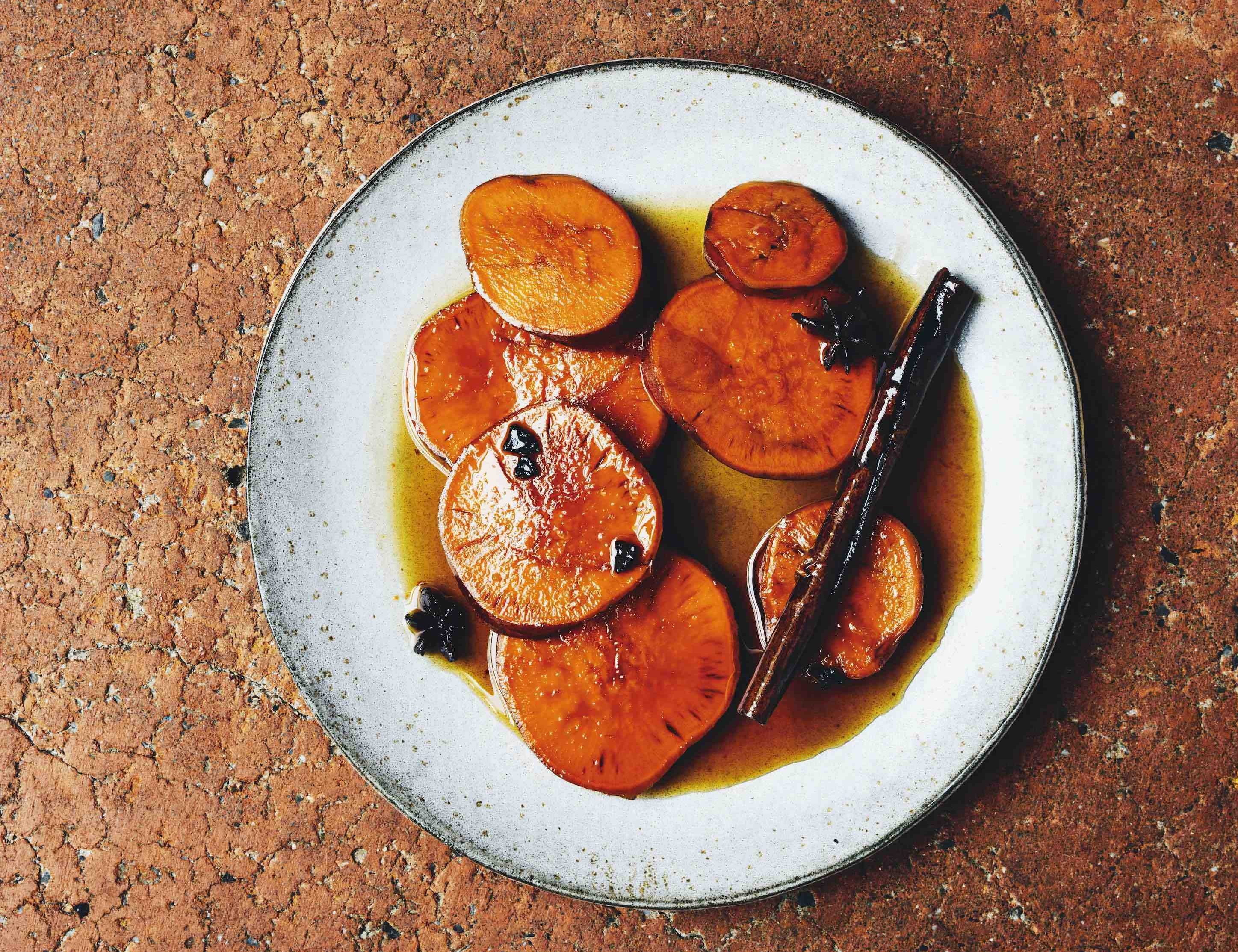
Candied Sweet Potatoes (Camote Enmielado) from Gonzalo Guzmán
Pro Tips: Turkey
Skip the Brine
To brine or not to brine, that is the question—or the first of many. Wet or dry? What seasonings are best for brining? Our take? Skip the brine altogether. For an easier and more efficient route to juicy meat, try basting, as we do in our Brown Ale Turkey and Gravy. We douse our bird twice—no need for constant babysitting—with a reduction of brown ale and fresh herbs, which combine to form a rich, malty base. We also use a secret ingredient in the baste: fish sauce. It adds savory depth that shows up in umami-rich gravy, made from pan drippings. And don’t worry, it doesn’t taste at all fishy. A foil wrap traps the moist heat needed to get succulent breast meat; it’s removed about halfway through to develop that crispy mahogany skin we crave.
Or, If You Must Brine... Keep It Dry
If you’re not ready to let go of the brine, we suggest dry over wet. Pat the bird dry, delicately get under the skin and rub the meat with kosher salt and let it dry out overnight uncovered in the refrigerator. Whether you call it dry brining, koshering or light curing, this method works. The reason, says Milk Street Radio contributor J. Kenji López-Alt, is that the salt breaks down some of the meat’s protein so it doesn’t shrink as much and retains more moisture. Getting under the skin also creates channels for rendering fat to drain out, which makes for crispier skin. To make sure you don’t break the skin, Milk Street Radio host Sara Moulton suggests using a grapefruit spoon turned upside down to get in between the skin and the meat.
Spatchcock for Extra Crispy Skin
If crispy skin is the most important part of the Thanksgiving turkey to you, López-Alt suggests spatchcocking—that is, butterflying, or removing the backbone in order to flatten the turkey. Putting the breasts and thighs on an even plane allows them to cook at the same time. It also exposes more of the skin, resulting in more crispy skin to go around. Finally, it significantly speeds up the cooking time.
See here for a step-by-step guide to spatchcocking.
Be sure to roast on a sheet pan, not in a roasting pan, to maximize air circulation, and if you have a convection setting on your oven, use it for the last 20 minutes. Note, however, that spatchcocking is tricky with a really large turkey; it’s best for a 10- to 12-pound bird. A 10 pounder will cook in about 90 minutes at 450°F. Whatever size bird you use, do not spatchcock with a knife. Make sure you have a pair of heavy-duty kitchen shears. Last but not least, don’t fret over the missed opportunity to present a whole bird to the table. Your guests will thank you when they have crispy skin and turkey meat that hasn’t gone cold after an elaborate, tableside carving session.
Use a Tea Rub for Smoky Flavor Without the Smoke
Tea-smoked duck from the back streets of Chengdu, China, inspired this clever route to smoky flavors that doesn’t require actually having to smoke a turkey. In our Tea-Rubbed Maple Turkey, we rub smoky lapsang souchong tea under and over the skin, then use steeped tea as the base for a maple syrup and soy sauce glaze. The glaze, when brushed on the bird a few times while roasting, delivers the golden brown color and savory flavor that’s so essential for the Thanksgiving table.
Pro Tips: Sides
How to Make Mashed Potatoes in Advance
Here, we take more advice from our friend J. Kenji López-Alt, who has a few ideas for avoiding heavy, gummy or scorched mashed potatoes if you want to make them ahead and reheat. First, reserve some of the milk, cream and butter (or whatever liquid you use). When you go to reheat, warm the remaining liquid, then add the potatoes to the pot. This heats them gently before they get a chance to stick to the bottom.
Or, take a cue from cooking sous vide and store your precooked mashed potatoes in a sealed bag in the fridge. Reheat by dropping the bag into pot of just-simmering water (or, if you have one, a sous vide circulator set to 150°F). The potatoes will warm evenly in about an hour. The final and perhaps most realistic option? Don’t shy away from the microwave, where you won’t have to worry about bottom-of-the-pot scorching. “Just don’t put your turkey in there,” López-Alt warns.
How to Make Better, Faster Brussels Sprouts
Forget roasting Brussels sprouts in the oven (especially if there’s a turkey in there). For faster, more tender results, follow Gjelina chef Travis Lett’s lead and char Brussels sprouts in a cast-iron skillet. The high heat of the skillet does a much better job of taming the bitter flavors.
Read more and find our recipe for Charred Brussels Sprouts here.
Build a More Sophisticated Sweet Potato Casserole
Hold the marshmallows and let the sweet potatoes shine with a few recipes that will remove this classic from the kids’ table this year. One, try ingredients that will counterbalance the sweetness, such as the shallots, thyme, fennel seed and mustard we use in our Sweet Potato and Shallot Casserole with Fennel Seed, or the umami-packed miso, ginger and soy sauce in our Savory Sweet Potato Gratin. If you want to keep it sweet, go for something more nuanced, as in our Sweet Potato Gratin with Vanilla Bean and Bay Leaves, wherein we infuse cream with vanilla bean and bay leaf, and dust the dish with black pepper.
Read more about improving your sweet potato casserole here.
Myth-buster: No, Turkey Doesn’t Actually Make You Tired
According to Milk Street Radio regular Dr. Aaron Carroll, turkey isn’t the reason you feel tired after Thanksgiving dinner. First, turkey doesn’t contain all that much tryptophan—the much-maligned amino acid on which people blame post-meal fatigue. Second, tryptophan only absorbs well on an empty stomach... Enough said. The more likely cause of your need for a post-Thanksgiving dinner nap? The huge meal, the alcohol, spending 10 hours with all your relatives: You decide.
Thanksgiving Pantry Staples
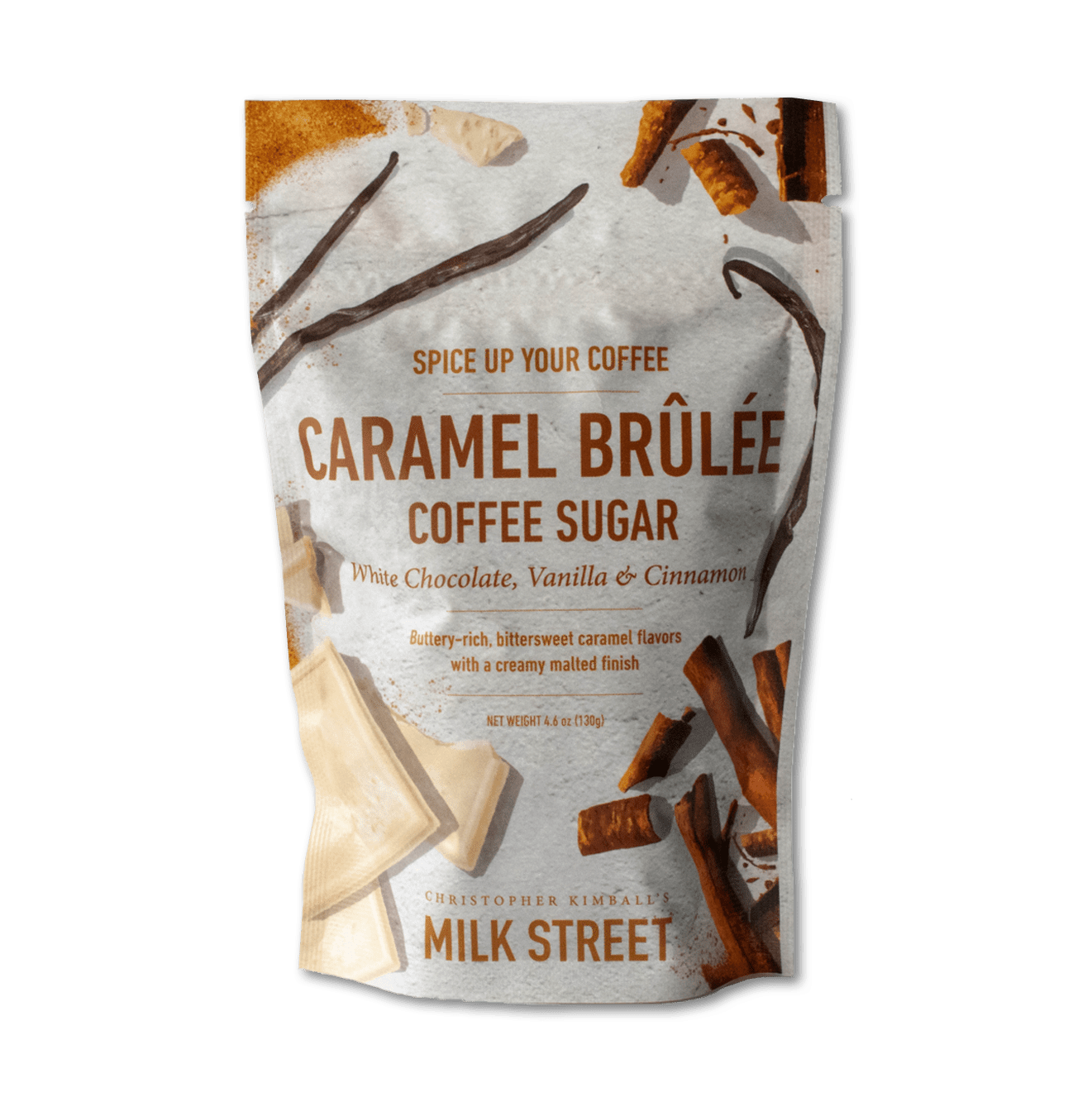
Perfectly flavored for providing an x-factor to traditional Thanksgiving desserts or to stir into a post-meal coffee.
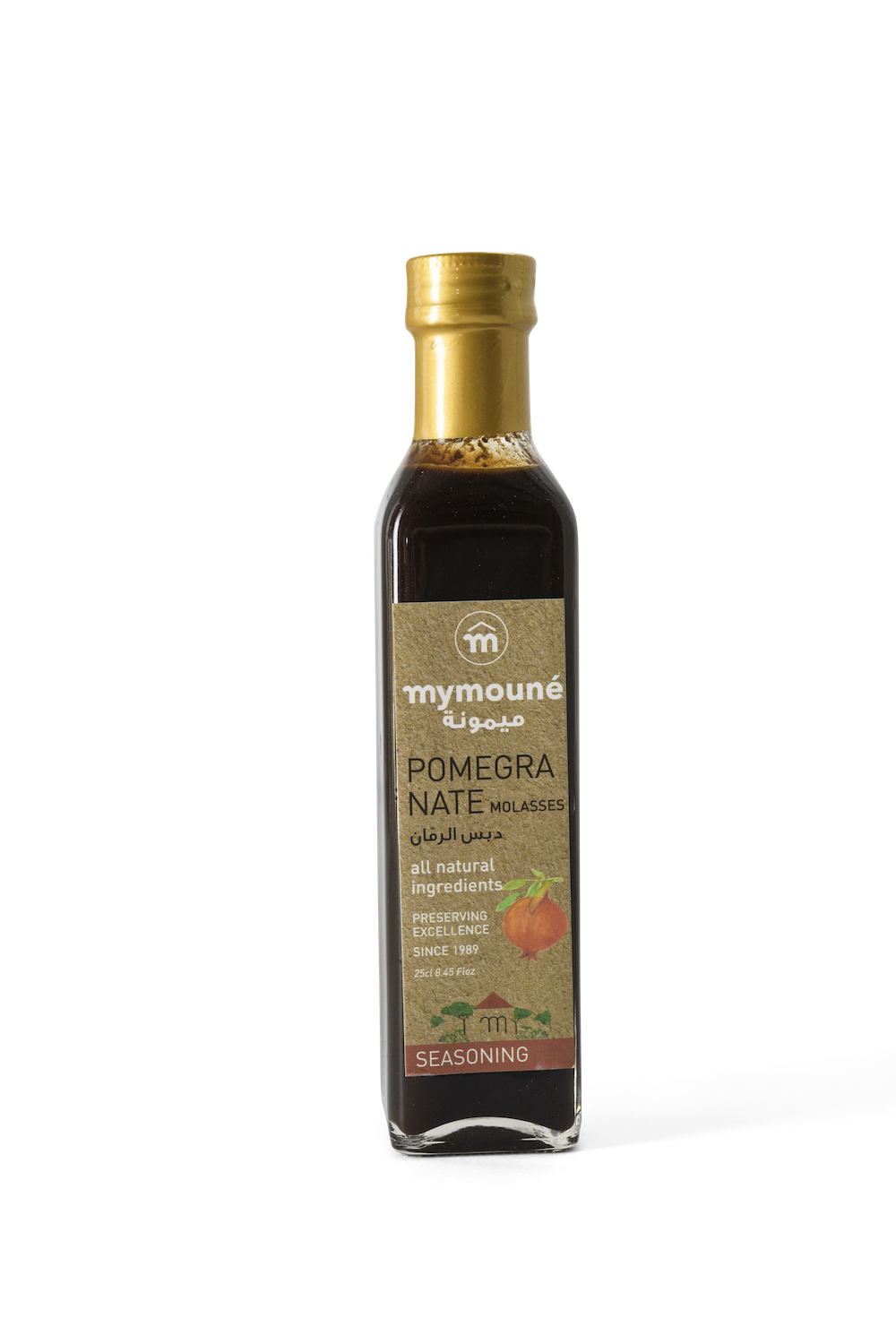
Great in glazes for meat or to give your cranberry sauce an extra zing.
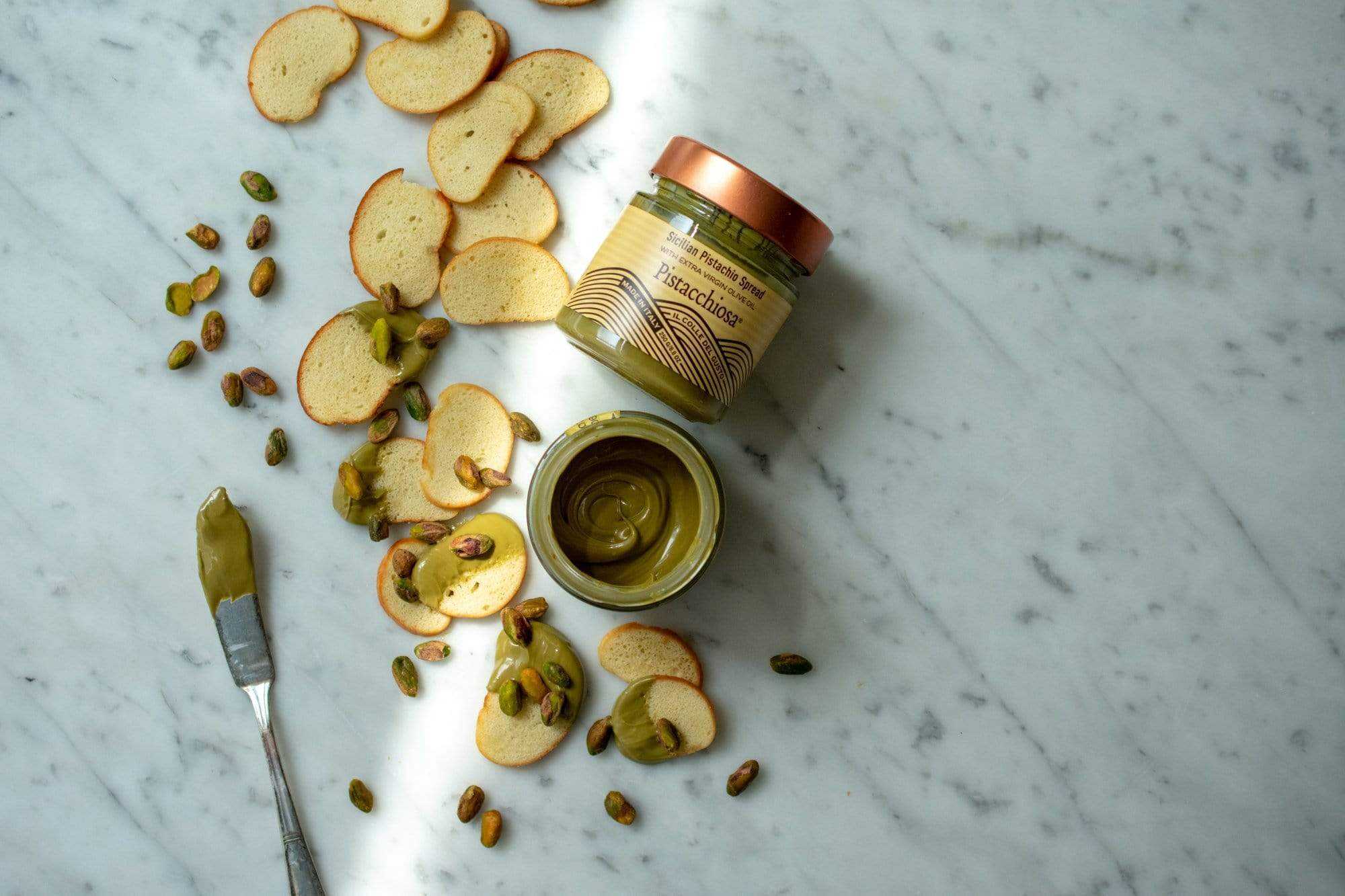
Creamy, aromatic spreads to serve with desserts or breads with a drizzle of honey. Or, try folding into pound cake, sandwiching between cookies or eating straight with a spoon.
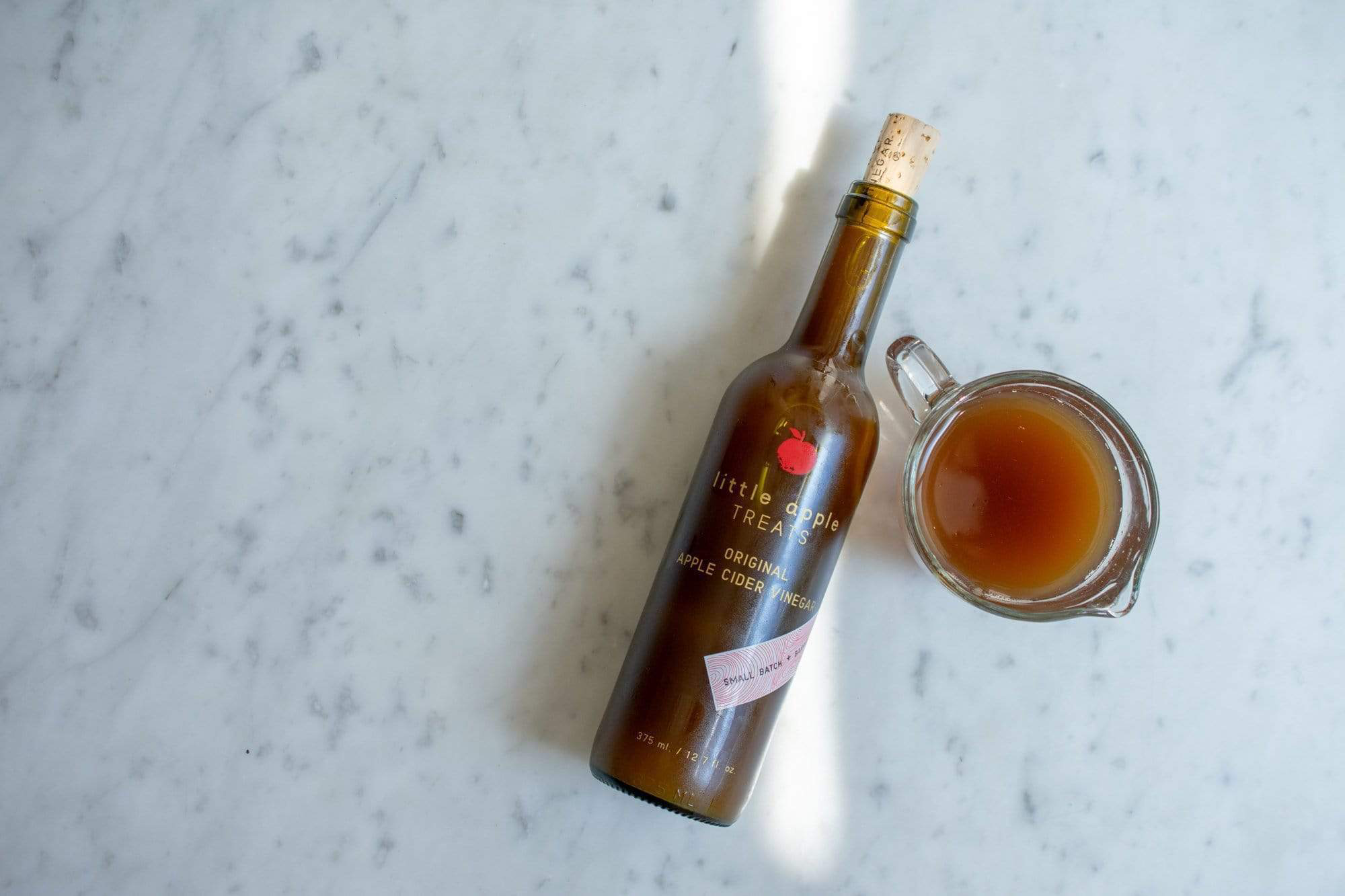
Little Apple Treats Apple Cider Vinegar
Tart and acidic, this apple cider vinegar that actually tastes like apples is a great base for glazes and salad dressings.
For more tips and stories, listen to Milk Street Radio
Hear Dan Pashman’s suggestion for including vegetarians in the once-a-year triumph of spending all day around a particular dish—the turkey. (Yes, it’s the veggieducken.)
Travel to Calcutta with reporter Sandip Roy as he desperately seeks a turkey.
Get the final word on enhanced birds, or turkeys that have already been injected with a salt water solution.
